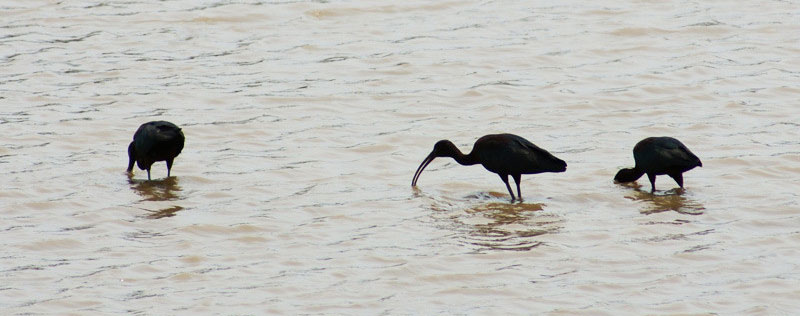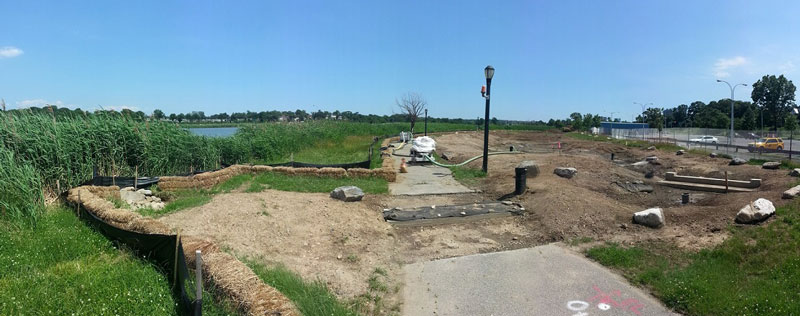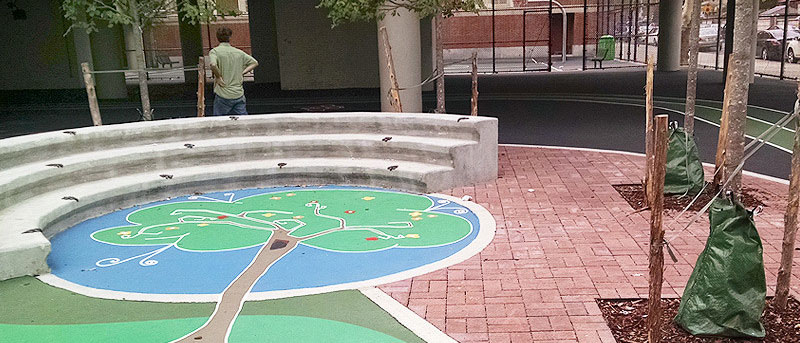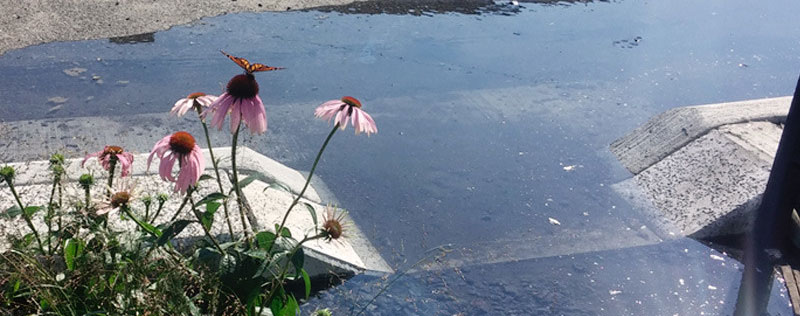EDD has been at the foreground of urban sustainability planning, analysis, and design for over a decade.
The firm’s extensive experience planning, designing, and analyzing infrastructure systems and natural resources at site, community, and regional scales has generated an impressive portfolio of projects for public, private, and nonprofit clients throughout the globe.
For us, all infrastructure should be "green."

- A culvert conveys water between two points, but what are the consequences of that piece of infrastructure on the critters and people who live on either end of it? Is it restoring natural flow patterns or displacing problems from one place to another?

- In post-industrial cities, a restored wetland may be required as part of a development project, but isn’t it also an opportunity to beautify a degraded park. How can we maximize the value of parks for solving water problems, while not reducing their recreational value?

- And in villages all over the developing world, where hundreds of millions of people still don’t have access to reliable water supplies, can’t one strategically placed well create new opportunities for social interaction and time savings? How do we identify that location, so as to maximize the social benefit of donor aid?
Because of the interrelationships between every project and its local economic, ecological, and social context, EDD instinctively develops cost-effective, multifunctional solutions to what others see as conventional engineering problems. While other engineering firms are content with the technician role, we look forward to helping our clients to create the vision, and set the goals for multifunctional solutions to their problems. Though this dialogue can happen at any point in a project, we believe that sustainability considerations are most successfully addressed at project inception, before any commitment to any particular physical form has been made. No project is too big or too small.
How do we do this? By listening carefully to our clients and other project stakeholders, and addressing these issues directly through innovative and creative design strategies.
EDD’s founder, Dr. Franco Montalto is a tenured professor at Drexel University and director of its Sustainable Water Resource Engineering lab, an incubator of new ideas in the field of urban sustainability. He and Eric Rothstein, EDD’s Managing Partner are both recognized thought leaders and experts in sustainable engineering innovation, and are regularly invited to share their views at conferences, public testimony, expert panels, and other public forum.
Together, Franco and Eric have created an engineering firm that can solve complex problems efficiently, within budget, and on time. But what really differentiates EDD from its competitors is our ability to develop solutions that can build up our client’s triple bottom line. We are given a problem, and even if only incrementally, we give back an enhanced ecosystem, a plan for saving money, and a reduction in risks to people and nature. This is the promise we make to our clients.
The firm’s green infrastructure practice benefits from our extensive experience in civil and environmental engineering, water resource planning, ecological restoration, hydrologic and hydraulic modeling, and urban planning and design. EDD works regularly with government agencies, planners, architects, landscape architects, developers, community organizations, to generate multifunctional green infrastructure assets and plans. Some examples are:
- Working with Landscape Architecture Firms: In the Brooklyn Botanic Garden, we worked with landscape architecture firm Michael Van Valkenburgh Associates to restore a stream and design a new water garden that will reduce the garden’s water consumption by approximately 21 million gallons per year, and prevent 19 million gallons of runoff from entering the city’s combined sewer system. This project will reduce combined sewer overflows by 5.5 million gallons per year.
- Working with Architecture Firms: EDD worked with architecture and urban design firm OLIN on an integrated flood protection plan for the Hunts Point Food Market (Bronx, NY) which serves 22 million people throughout the region. One of eight winning entries to the Rebuild by Design Competition sponsored by President Obama’s Hurricane Sandy Rebuilding Task Force, our design features a series of strategically placed wetlands, conveyance pipes, and open channels that can keep the coastal market from flooding during a 100 year, 24 hour rain event, and a 100 year storm surge- even if they occur together!
- Working for Municipal City Agencies: Despite compacted soils, infrastructure conflicts, and heavily trafficked urban streets, we’ve designed over 30 vegetated green infrastructure systems in the ultra-urban landscape of the New York City region. These systems are managing stormwater, providing habitat, beautifying neighborhoods, and helping the city meet its stringent water quality improvement goals.
- Working for Multinational Engineering Firms: With multinational engineering firm, Arcadis Inc., EDD is part of the team that the NYC Department of Environmental Protection’s Bureau of Environmental Planning and Assessment has entrusted with its green infrastructure monitoring and research activities. EDD is helping the city to quantify the multiple benefits of the GI projects its built so far, and helping it to innovate new designs as it adaptively plans for the future.
- Working for Conservation Non-Profits: EDD is the Trust for Public Land’s green infrastructure engineering consultant for its rapidly growing Parks for People program in NYC. Our office devises plans that infiltrate stormwater in playgrounds, ball fields, and schoolyard rain gardens designed through participatory design processes. There’s always somewhere to put the water!
- Working for Foundations: In Pittsburgh, EDD has been actively involved with Living Waters of Larimer, a project funded by the Heinz Endowments to assist the neighborhood’s underserved residents with artfully envisioning and integrating viable and productive GI practices into the landscape. This work has involved frequent workshops, community meetings and walking tours to help elevate “green IQ,” the promote the understanding of natural systems, and generate consensus to leverage the redevelopment process as it moves forward.
- Working for Artists: EDD is currently launching an artist-led community process to develop plans for The Well: A Civic Water Celebration Park that was recently awarded $450k from ArtPlace America. EDD also works regularly with other renowned ecological artists including Mary Miss and Lillian Ball.
- Working Internationally: Internationally, EDD has worked in India, Rwanda, Ethiopia, Nepal, Nicaragua, and Italy. These projects have been funded by the World Bank, UNESCO, private donors, and a suite of other partners.



